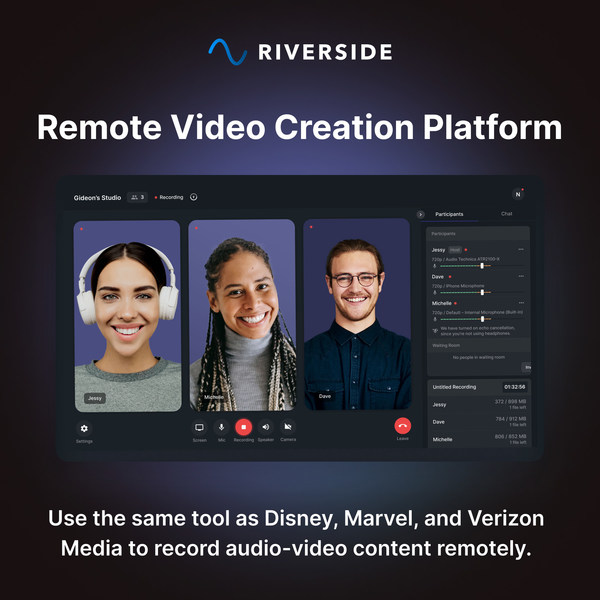
Instagram Just Became a Search Engine Powerhouse
If you’ve ever felt like your Instagram content was trapped in a social media black hole, seen only by your followers and maybe their dog if you were lucky, this news is about to change the game.
As of 10th July 2025, Instagram is officially allowing search engines like Google to index public posts. That’s right. Your reels, carousels and captions are no longer just Insta eye-candy. They’re now powerful, searchable assets that can boost your SEO and expand your visibility outside the app.
Here’s everything you need to know about this important update, why it matters for your business, and what you can do to make the most of it.
So, What Changed?
Instagram has finally joined the SEO party. Previously, content on Instagram wasn’t indexed by search engines. If someone Googled your niche, your brilliant reel on “How to Align Your Business with the Moon Cycle” wouldn’t appear unless it had been repurposed into a blog or YouTube video.
Now, if your Instagram account is public, your posts may show up in Google search results, helping new audiences discover your content, offerings and unique magic, all without needing to be on the app.
This is a big deal, especially for service-based businesses and spiritual entrepreneurs who rely on organic marketing and word of mouth.
Why Does This Matter for Your Business?
Because visibility equals opportunity. And now your Instagram content is working double-time for you. Here’s how:
-
Increased discoverability: Potential clients can now find you through a simple Google search, not just through hashtags or the Instagram algorithm.
-
More leads: Strategic content can attract dream clients looking for what you offer, without needing to pay for ads.
-
Better ROI: That beautiful carousel you spent hours designing is now an SEO asset, not just a scroll-and-forget post.
7 Ways to Optimise Your Instagram for SEO
If you’re already creating content, you’re halfway there. Now let’s make sure it’s Google-friendly.
1. Use Keywords in Captions
Google is a keyword engine. Use the exact phrases your ideal client might be typing into search, such as “naturopath for women’s hormones” or “how to start a spiritual business.”
Pro tip: Front-load your captions with keywords and write them in a way that sounds like you’re answering a search query.
Ready to Get Found by the Right People?
Download your free copy of
"The Soul-Led Business Owner’s Guide to SEO in 2025"
✅ Learn how SEO actually works
✅ Get step-by-step strategies tailored for heart-led businesses
✅ Discover how the new Instagram update affects your visibility
✅ Start attracting aligned clients organically
This is your sign to stop hiding. Let’s make Google your ally.
2. Customise Your Alt Text
Instagram allows you to manually add alt text to images. This helps with accessibility and now also functions as an SEO signal.
For example, write “Crystal grid for abundance intention setting – spiritual entrepreneur tools” instead of “Image of crystals.”
3. Name Your Image Files Before Uploading
Instagram stores the original file names. If you’re uploading from desktop, rename your image files before posting. Something like “breathwork_tips_for_business_owners.jpg” is more effective than “IMG_8495.jpg”.
4. Choose Niche Hashtags
Generic hashtags like #healing or #businesscoach are overly broad. Use specific, long-tail hashtags that include keywords, such as #AkashicRecordCoach or #SoulLedSystems.
5. Create Shareable, Evergreen Content
Google favours timeless content. Think educational carousels, tips and how-tos over trendy quotes or one-off memes.
A carousel titled “How to Create Aligned Systems for Your Spiritual Business” will have a much longer shelf life and more SEO traction than “Feeling Cute Might Delete Later”.
6. Repurpose Blog Posts into Reels and Reels into Blogs
Now that both blogs and Instagram content can rank on Google, they can support each other. Use your blog content to inspire carousel posts, and your high-performing posts to inspire new blog topics.
7. Link Instagram in Your Website and Newsletters
Build a connected web of content by linking your Instagram in your blogs, newsletters and email signature. The more connected your digital assets are, the more authority Google gives to your brand.
A Few Things to Keep in Mind
-
Only public profiles are eligible to have content indexed by Google
-
Not every post will be indexed right away. It will take time
-
Stories, DMs and private content will remain private
This update is an incredible opportunity, especially for those who want their content to work smarter. Your Instagram profile is no longer just a portfolio. It is now a legitimate SEO asset.
If you’re already creating thoughtful content, a few simple tweaks can turn your Instagram into a tool that not only engages but attracts.
If you would love support in aligning your content strategy with this new visibility upgrade, I would love to help. That’s what I do best.
Reach out to talk about optimising your content for search and soulful impact.
Ready to Get Found by the Right People?
Download your free copy of
"The Soul-Led Business Owner’s Guide to SEO in 2025"
✅ Learn how SEO actually works
✅ Get step-by-step strategies tailored for heart-led businesses
✅ Discover how the new Instagram update affects your visibility
✅ Start attracting aligned clients organically
This is your sign to stop hiding. Let’s make Google your ally.










